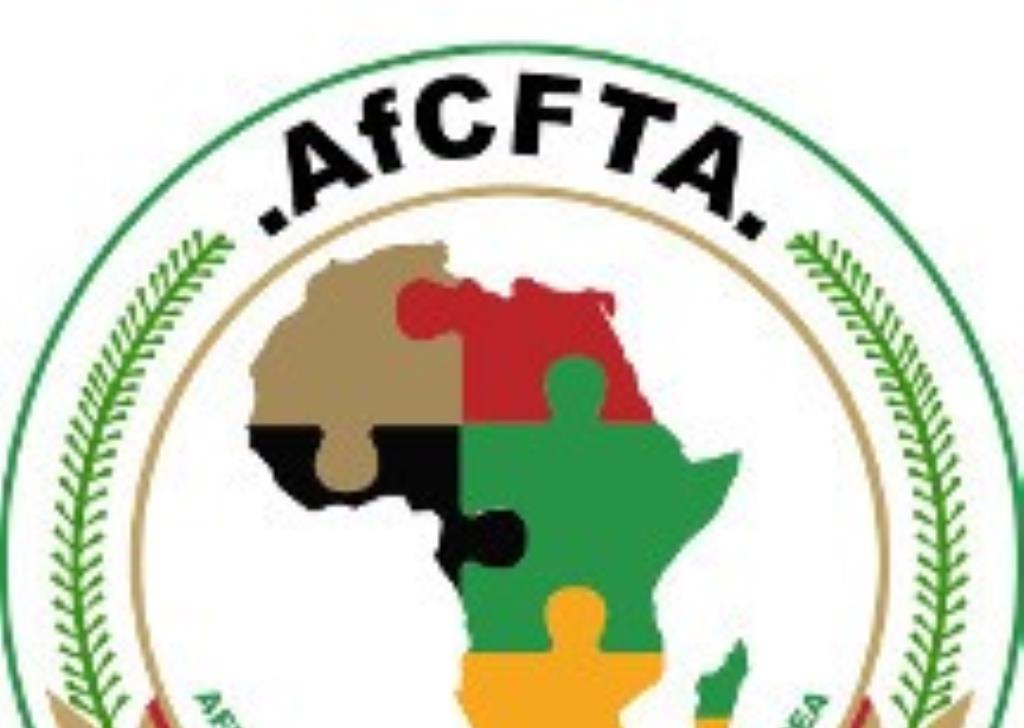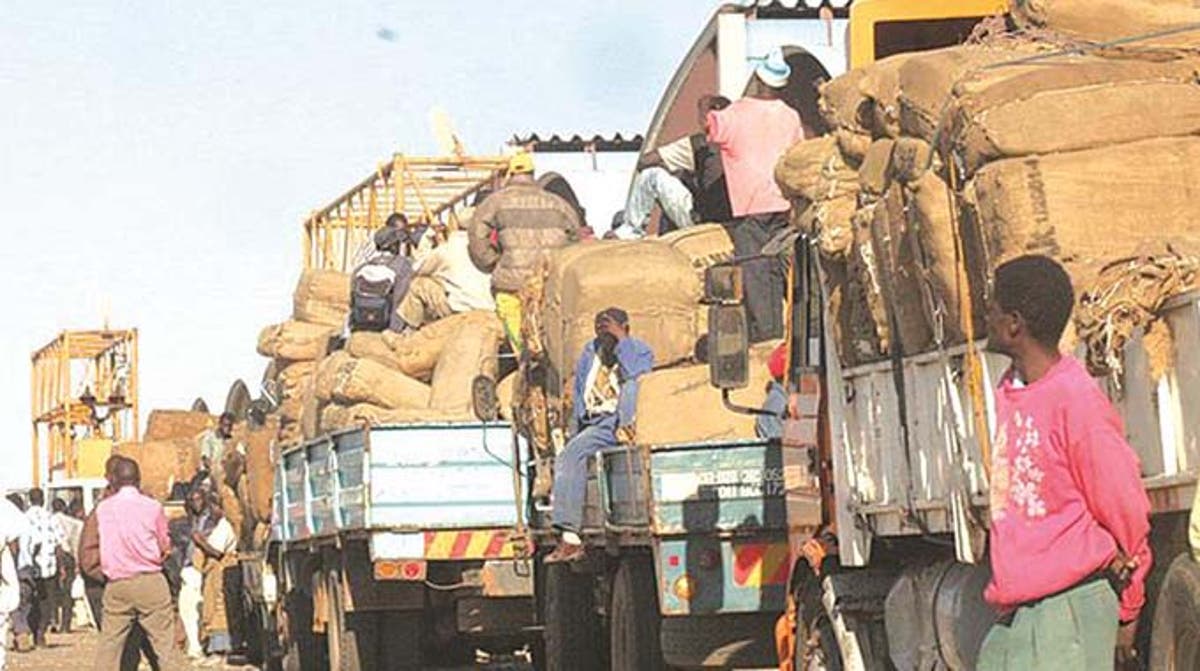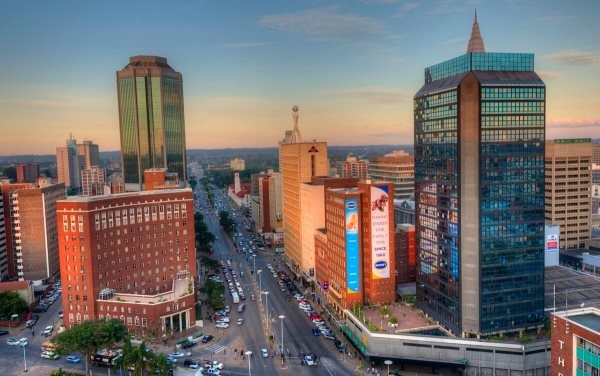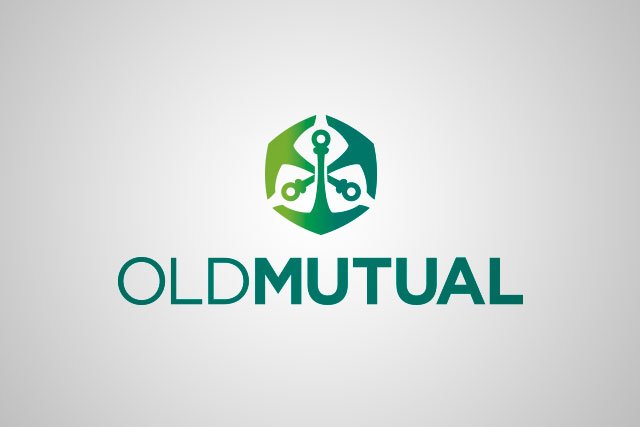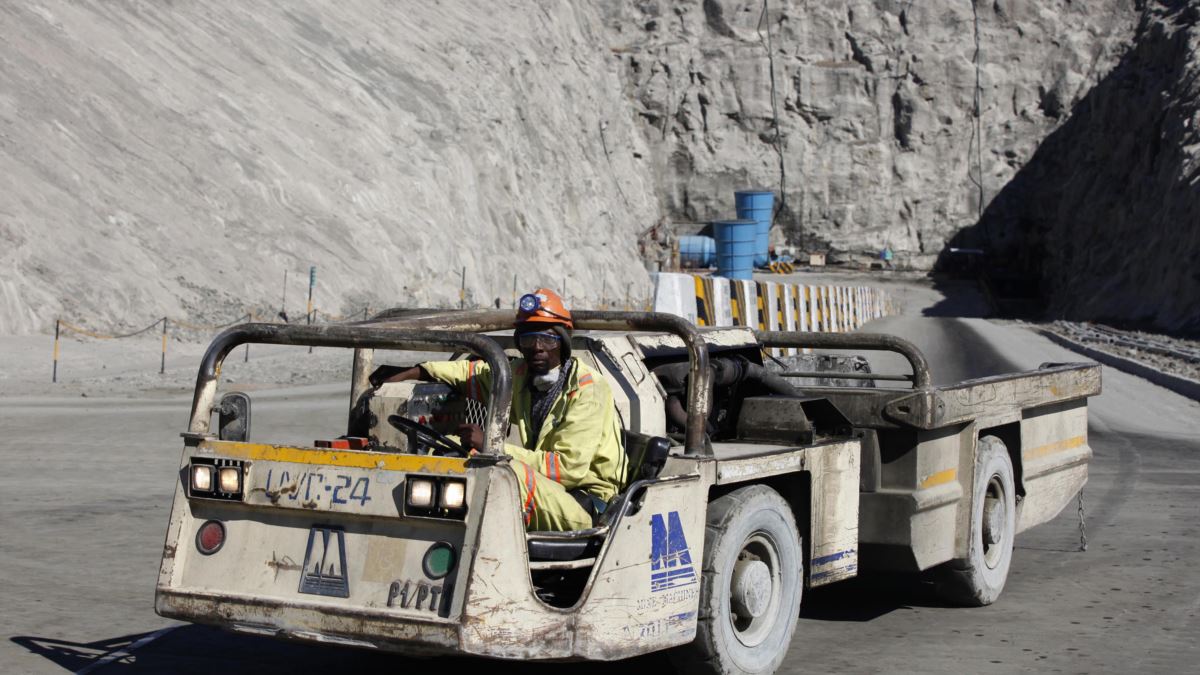Platinum miners maintain expansion plans as PGM prices continue to weaken
Zimbabwe’s platinum producers are continuing with their expansion plans despite a very challenging environment characterised by the worst platinum group metals (PGM) prices in recent times.
The country’s operating PGM mines are majority owned by South African companies and have been involved in different expansion and new mine development projects at a time when commodity prices continue to weaken.
Zimbabwe’s largest platinum producer, Zimplats, says all major capital projects under execution are progressing according to plan as the group aims to expand capacity.
Under its US$1,8 billion capital expenditure investment, Zimplats’s strategy involves the setting up of integrated projects, including the development of new mines, the expansion of the smelter, the construction of an additional concentrator, a base metal refinery, a sulfuric acid plant, and the setting up of a 110 MW solar power plant.
The group, in its quarterly update for the period to December 31, 2023, said the mine development and upgrade projects (Bimha and Mupani mines) will replace production from Rukodzi Mine, which was depleted in FY2022, and that from Ngwarati and Mupfuti mines, which will be depleted in FY2025 and FY2028, respectively.
“Cumulatively, US$368 million has been spent on these projects, with an additional US$51 million committed, against a total project budget of US$468 million,” the company said.
The group noted that US$220 million has been spent on the smelter expansion and sulphur dioxide (SO2) abatement plant project, with a further US$187 million committed against a total project budget of US$521 million.
Zimplats is also constructing a phased solar power plant to provide power supplies as the company expands its mine capacity.
The company said US$1 million has been spent on the implementation of the 35 MW solar plant project to date, with US$35 million committed as of December 31, 2023, against a budget of US$37 million.
“This is the first of the project’s four phases, which will be implemented at an estimated total cost of US$201 million to generate 185 MW,” it said.
Zimplats said US$18 million has been spent on the execution of the Base Metal Refinery refurbishment project to date, with a further US$16 million committed, against a total budget of US$190 million as of December 2023.
According to the update, Zimplats said containment initiatives, in response to softening metal prices, were implemented in the period under review and this resulted in a 1 percent retracement in total operating cash costs from the prior quarter, with a year-on-year increase of 3 percent.
PGM sector, largely dependent on automakers’ use of PGMs to curb exhaust emissions from engines.
Karo Platinum Holdings is going ahead with the development of its platinum mine despite the falling PGM prices, with US$100 million already spent on mine infrastructure development.
The mining company’s project in Zimbabwe is an open-pit platinum group metals (PGMs) asset under construction at a projected cost of US$391 million for phase 1.
Country manager, Dr. Josephat Zimba, said the project was being built in the middle of a challenging environment with PGM prices being the lowest in recent times, but they continue to count on the government for support in many respects, including fiscal support, to get the project to completion.
“These are multi-generational projects, with an impact in terms of the number of people employed and the quality of work that is being done here.
“The size and magnitude of the project require patience and fiscal support from the government, as the project needs to follow through on all necessary requirements, inspections, and procedures,” he said.
The company is developing an integrated PGM mine, which will become among the largest PGM assets in the country, producing plus or minus 190 to 200,000 ounces of PGMs on an annual basis.
Dr Zimba said the project is being built in a very challenging environment with the worst PGM prices in recent times.
“Sometimes people think that projects like this might happen overnight; they don’t. Typically, a mining project takes about 12 years to bring to fruition from start to operation.
“Construction here literally started in December 2022, and looking at the scale of what we have been able to achieve, including the pilot mining, we have done quite a lot in a very challenging environment,” he said in a conversation during a tour of the project.
He added that the company continues to count on the government for support in many respects, including fiscal support, to get the project to fruition.
Dr Zimba said the bulk of the plant equipment has been manufactured and would require at least 1000 trucks to bring it on site.
“In that regard, we have constructed a bonded warehouse here on site so that the Zimbabwe Revenue Authority (ZIMRA) will come and do their inspections here in order to minimise delays at the border,” he said.
Dr Zimba said the first phase will require about 30 megawatts of power, which the mine will get from the grid.
He said Karo has also entered into an agreement with ZETDC for the supply of that power, with the possibility to even import power from the region if there is a need to do so.
Dr Zimba said at full operation, at least 1,000 people will be working for Karo, and with a net effect of 1 in 7, at least 7,000 additional jobs will be created.
The company has also completed the pilot mining at a cost of US$8 million and stockpiled 68,000 metric tonnes of ore.
Anglo American Platinum local unit Unki Mine Total’s platinum group metals (PGM) production increased by five percent to 243 800 PGM ounces last year from 232 100 PGM ounces in 2022.
The firm benefited from the concentrator debottlenecking project completed in 2022. Unki’s debottleneck project, which was completed in 2021 and reached optimum production in 2022, was done at a cost of US$48 million, with the expansion targeted to increase throughput capacity.
Unki, 100 percent owned by Anglo Platinum America, has its operations on the Great Dyke in Zimbabwe, 60km southeast of the town of Gweru.
-ebusinessweekly



